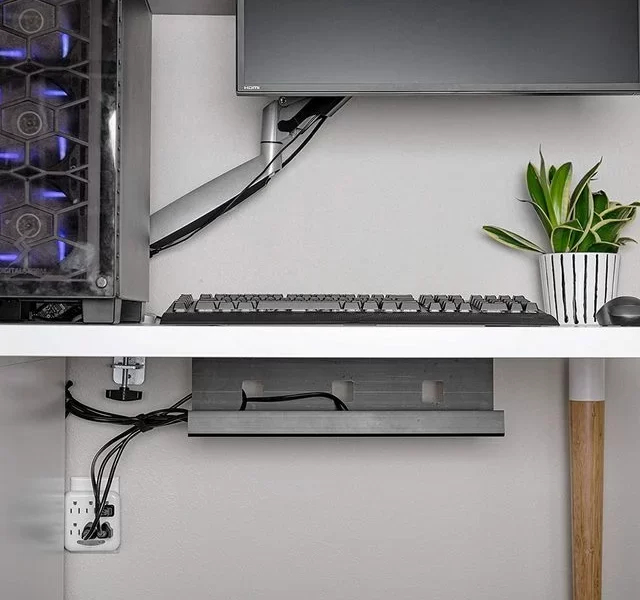Today’s households have too many cables and wires despite moving towards wireless technology. You have ethernet and telephone cables for communications and internet connectivity. Then, a home has HDMI, Charging, AUX, and other essential cables.
Cables play a prominent role in our households and workspaces. There’s a seemingly endless integration of these tangled beauties. Yet, they also provide you with an interior, or at least organize it. Let’s help you make the most out of these wisps of technologies with a simple guide.
1 – Start With The Zones
Creating different zones in a home interior is becoming a popular trend, especially in open-space plans. You can distinguish various areas by dedicating specific decors and color schemes. For example, a sofa, rug, and TV with a feature wall would make a living room. Similarly, a study table with a laptop or PC and a lamp would make a study room.
The tip here is to create zones for different cables. A quick look can be like this:
- Store HDMI, VGA, and DisplayPort Cables near the Display or Visual unit.
- Aux, Coaxial, and other AV Cables can be stored near a home theatre or sound system.
- You can establish a charging zone with charging cables for different devices. Think of it as a bigger version of the charging station for all devices.
- Assign a place for telephone and ethernet cables where you will install a telephone and modem to receive connectivity.
2 – Add A Functional Structure
You can start investing in a structure once the zones are divided for different kinds of cables. It can be a custom-built structure or organizer, but you need to ensure that the wires are pinned or hooked so as not to tangle or wisp around and to give a clean and organized look.
Here are a few things you can try:
- Install HDMI, DPI, and other cables behind the TV Feature wall for a seamless living room design.
- Create a charging shelf or invest in a docking station with a charging zone for phones and other devices.
- Feel free to add cable covers of different kinds for telephone cable and ethernet cables.
3 – Adhering To The Theme
Let’s assume you have too many exposed cables just hanging because pins, hooks, and brackets are used to give an organized look. What more can you do? The first step is to understand the theme of your interior and then work accordingly:
- For industrial, rustic, or urban interiors, you could have black cable covers and fit-outs (even metal) to give them an exposed look.
- Install the cables behind a PVC Panel and the wooden accents or feature wall if you want a modern or contemporary look. They tend not to have exposed cables.
- For Japandi Oriental, Zen-like interiors, you could aim for exposed wires with brackets or bamboo coverings to give them a unique theme.
A Final Tip
A telephone cable isn’t restricted to telephone or modem connectivity (for broadband). It is often used with CCTV cameras, Biometrics, and other security devices. You can use it for ethernet or to connect devices like Printers, Projects, and your TV. So make sure to pay strong attention to the organization of telephone cables and their proper replacement to avoid any malfunction from the interior. In most interiors, organizing the wires by using hooks and brackets will do the job.




